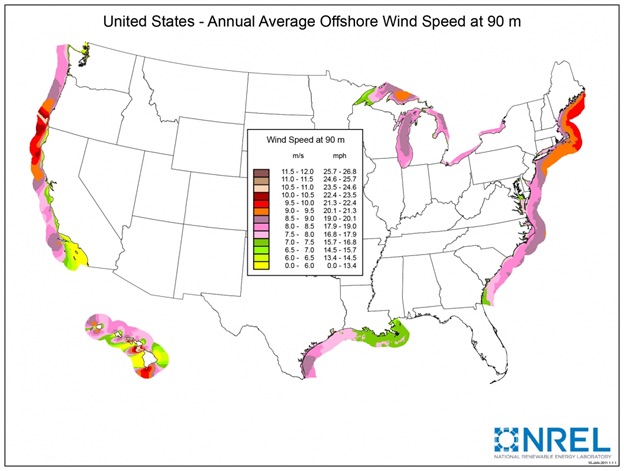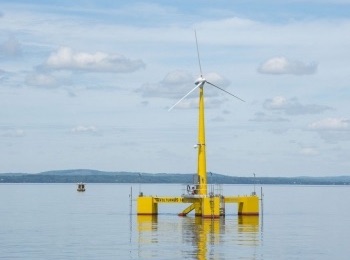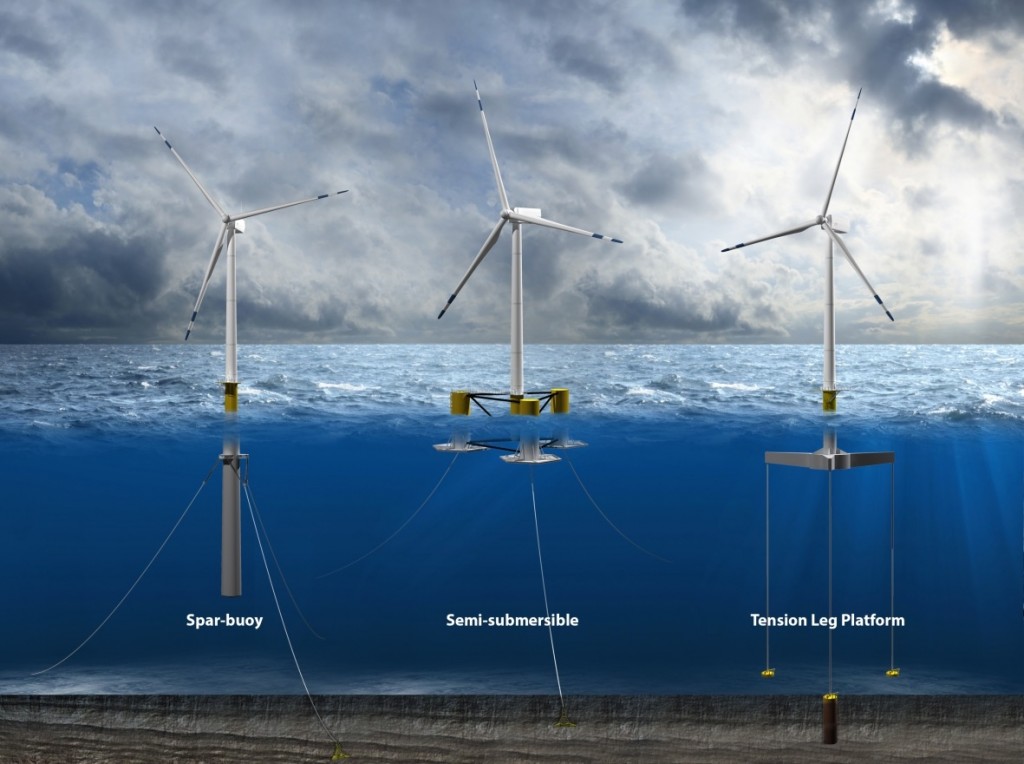The City of Long Beach is nearing a decision on adopting a power authority model that could reduce utility rates for residents and support new investment and jobs in renewable energy that accelerate the Port of Long Beach’s Clean Air Action Plan for zero emissions.
Growing CCAs
The CCA allows a locality to make power purchase agreements with developers that avoid the higher dividend-based costs of investor utilities, such as Southern California Edison and Pacific Gas and Electric, who pass on these additional costs into utility rates paid by consumers.

By avoiding dividend costs, CCA’s reduce utility bills by 4% “on average” Sandidge says. The investor utility still distributes power and bills customers under the CCA system, but at a reduced rate and giving CCA’s the option to negotiate their own power agreements. This is creating new opportunities for renewable energy developers.
According to the California Community Choice Association: “Over the last decade, local governments in more than 200 towns, cities, and counties throughout the state have chosen to participate in CCA to meet climate action goals, provide residents and businesses with more energy options, ensure local transparency and accountability, and drive economic development. There are currently 21 operational CCA programs in California serving more than 10 million customers, and with many more in progress, those numbers are set to grow.”
Sandidge and Community Choice Energy (CCE), are urging the Long Beach City Council to file an application with the California Public Utilities Commission by the end of 2020.
Sandidge says that thirty-one cities in Southern California compose the Los Angeles Power Alliance. One option for Long Beach is to join the Alliance. The other is to set up its own independent CCA.
The Port of Long Beach and Los Angeles adopted their Clean Air Action Plan to transform port operations to zero emissions. Current emissions contribute to the high rate of asthma and respiratory cases that plague poorer neighborhoods in Long Beach, that are contingent to harbor trucking corridors such as the 710 freeway. This respiratory exposure to Long Beach residents can be reduced by the CCA supporting the Port’s Clean Air Action Plan goals and accelerating clean renewable power generation, he says.
Energy Island: Developing Ports as Wind Power Hubs
Several years ago, former Port of Long Beach executive director Jon Slangerup advocated the so-called “Energy Island” strategy for the Port of Long Beach. He argued that the Port’s zero emission goals could be advanced by utilizing underutilized Port properties for the assembly and manufacture of new wind and solar projects to make the Port energy independent, create new economic development and meet zero emission goals.

The State of New Jersey is already moving ahead with part of this concept. In June, New Jersey Governor Phil Murphy announced plans for the “New Jersey Wind Port”, proposing a $400 million investment in a facility on the Delaware River that would employ 1,500 workers and provide staging and assembly of components for offshore wind projects up and down the entire East Coast:
“The New Jersey Wind Port will create thousands of high-quality jobs, bring millions of investment dollars to our state and establish New Jersey as the national capital of offshore wind. This is a vital step forward in achieving our goal of reaching 7,500 MW of offshore wind power by 2035 and 100% clean energy by 2050.”
Earlier this year, New Jersey chose Ørsted Ocean Wind to build the state’s first offshore wind project, expected to generate 1.1 gigawatts at a site off the coast of Atlantic City.
I gigawatt, or 1,000 megawatt hours (MWh), would power around 725,000 homes.
The initiative was hailed by Laura Morton, American Wind Energy Association senior director, policy and regulatory affairs, offshore: “This forward-thinking effort underlines New Jersey’s leadership in harnessing the economic and environmental potential of offshore wind.”
To support efforts by ports to embrace green alternatives, maritime class society, DNV, has issued a new report “Ports: Green Gateways to Europe” discussing issues such as “electrification and decarbonization potential in European ports including a variety of industries and water transport.”
How CCA Can Help Port of Long Beach
At a time when California ports are losing market share to East and Gulf coast ports, Sandidge argues that the implementation of the Long Beach CCA would allow the City and the Port to contract for solar and wind projects that could reduce the higher costs of utility costs paid to Edison and fast track new renewable power generation jobs and economic development:
“There is decent wind offshore of nearby Catalina Island that could support a wind farm and utilize transmission lines connecting to the Ports of Long Beach and Los Angeles…. The Port is projecting that it will triple its energy consumption over the next fifteen years. The State mandate for container ships to utilize shore power when at berth requires 1.5 to 3.5 megawatts per vessel. So, if you had ten vessels at berth at the same time you are looking at 30 megawatts just to power those ten ships. New California regulations will expand shore power requirements for other vessels. At the same time, the Port’s Clean Air Action Plan is pushing to switch container handling equipment and trucks to electric power. This will need to be supported by new renewable generation at the Port. The CCA can incentivize new developers at a time when Edison is less able and willing to support additional renewable power.”

Southern California Edison
While Southern California Edison is “technically neutral,” Sandidge says, the CCA poses a major threat to the utility’s revenue base: Long Beach is the second largest city in Los Angeles County and contains the Port of Long Beach, the second biggest port in the United States, and Long Beach Airport.
Sandidge says that the existing investor utility system has become a barrier to renewable energy development because the demands of profits to reward shareholders do not encourage the level of investment necessary to replace fossil fuel sources of power, including at the Port.
Floating Wind Farms
Sandidge introduced floating wind turbine pioneer Habib Dagher to Port of Long Beach officials several years ago. Dagher is the founding executive director of the Advanced Structures and Composites Center at the University of Maine which built the first U.S. prototype floating wind turbine.
Now, a 12 MW floating wind farm pilot project off the coast of Maine is planned in collaboration with Cianbro Corporation, the University of Maine, and the Advanced Structures and Composites Center. The wind turbines will float on concrete hulls designed by the University to be made in the United States. The turbines will be sourced from abroad, Dagher told AJOT.
Coastal California is a candidate for a floating wind farm due to its deep coastal waters. A proposed wind farm is planned for Central California.
Sandidge is a long-time consultant to the Port of Long Beach on energy projects. He is currently a senior project manager for P2S Engineering. The company provides plumbing, electrical and microgrid services to Southern California customers, including the Port.

